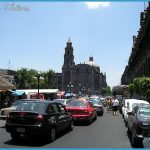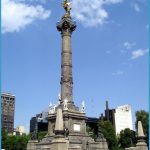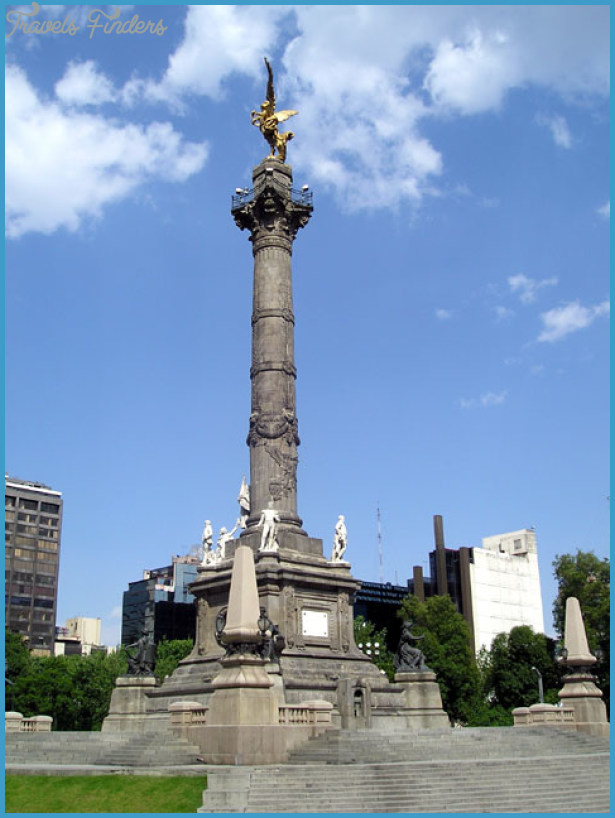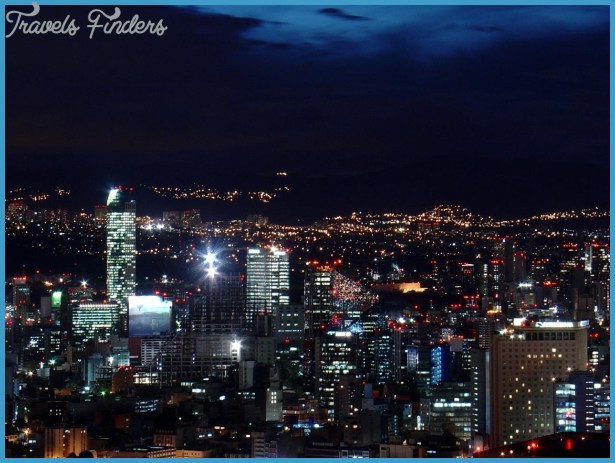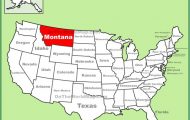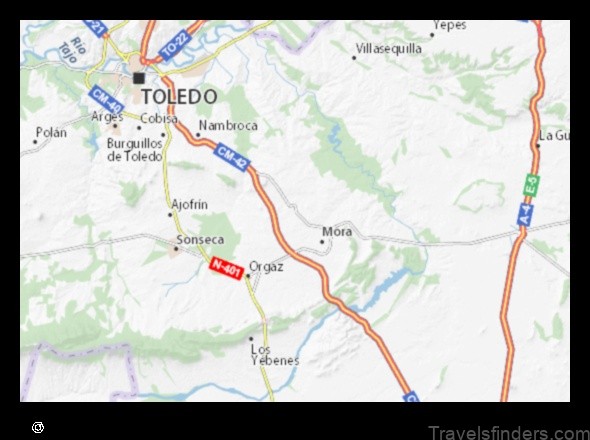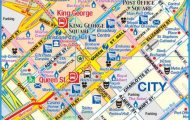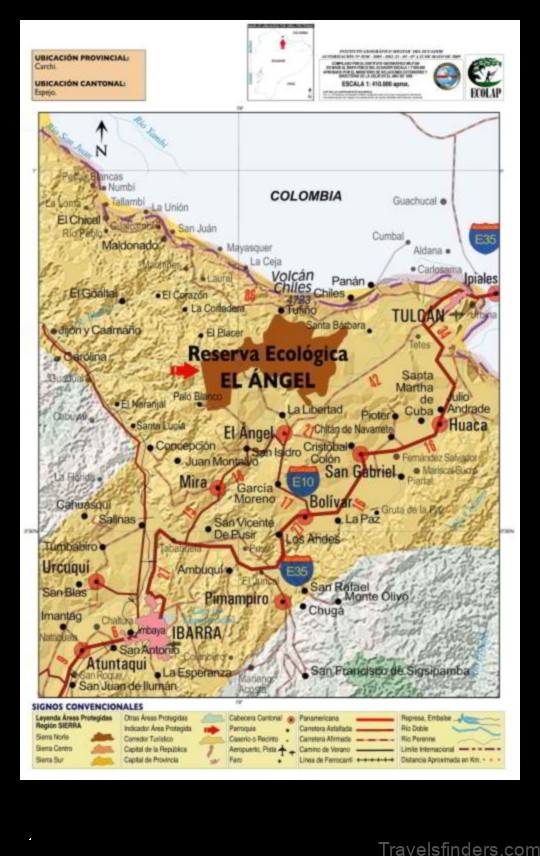Air transport to and within Mexico is well developed. Major airports are at Acapulco, Mexico City, Puerto Vallarta and Guadalajara in the Central region; La Paz, Mazatlan, and Tijuana in the North Pacific; Monterrey in the North; and Merida in the Gulf Coast region. Most are spacious and attractive, many with marble flooring. In all, the government owns two hundred airfields. Mexico has two international air carriers, Aeromexico, government owned, and Mexicana, privately owned. Mexicana is by far the more efficiently operated. Both airlines schedule numerous flights within Mexico and some to United States cities. A number of United States air carriers have flights into Mexico, especially to the resort communities on the Pacific, to Mexico City and to Cancun.
Mexico’s railroads do not amount to much, even by Amtrak standards. First-class means you get to sit down; second-class probably means a space in an aisle unless the traveler arrives first via a window. Second-class means that animals, such as chickens and goats, are on an equal basis with people when it comes to space. Rapido does not mean rapid, as intended. The run from Nogales to Mazatlan on the Rapido takes twenty-two hours. The American students using the train during spring holidays think of it as a great lark. And so it is! Because of the peso devaluation the cost of the trip in 1983 was only $22. If all first-class seats are sold out, the middle-class Mexican accepts the necessity of bribing the conductor to acquire a seat.
The rail system is an integrated network of six different lines, five of which are government owned. The railroad connects with the United States at the north region cities of Ciudad Juarez, Laredo, Piedras Negras, Reynosa, and Matamoros. Central American connections are via Guatemala.
Trolleys still operate in Mexico City, Veracruz and some other cities.

